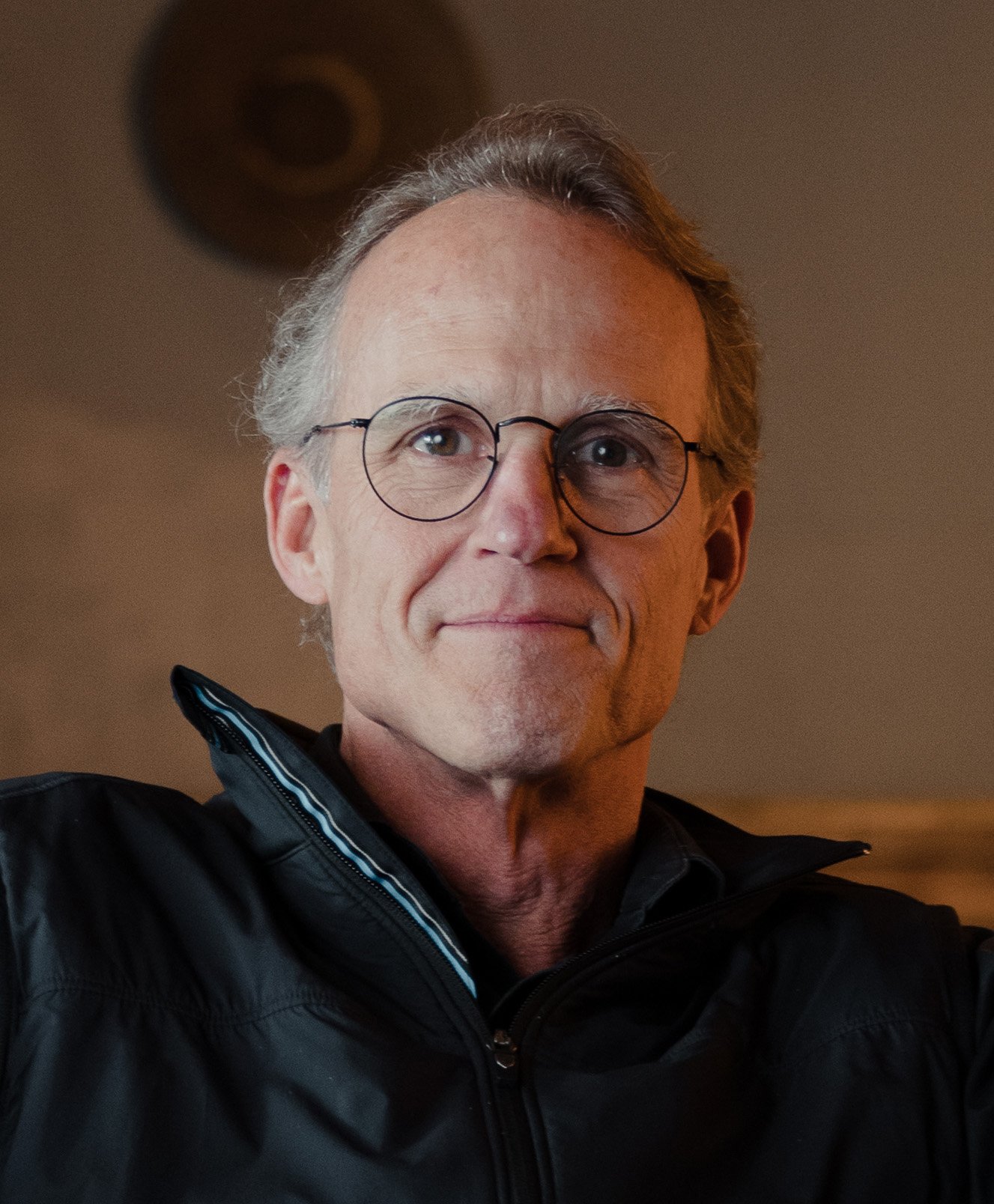The Real Reason Founders Burn Out: Intensity without Consistency
It starts innocently enough. You push harder during a big initiative. You clean up the pieces someone else should’ve handled. You take on every issue like it’s your personal responsibility to fix. And because you're fully committed to the success of your company, you convince yourself it’s manageable, even noble.
But over time, the inconsistencies compound. The systems that were meant to guide your people become misaligned. The clarity that once grounded your leadership gets lost in the noise. And suddenly, you’re not just leading — you’re holding everything together with sheer willpower.
Founders don’t burn out because they lack drive. They burn out because they carry too much weight for too long without the right foundation beneath them. I’ve seen this pattern unfold in countless teams I’ve coached and founders I’ve worked alongside. Burnout doesn’t come from a lack of energy, ambition, or vision. It comes from trying to sustain a pace that outruns the systems around us.
Don't worry, this article isn’t about working less or finding some mythical balance. It’s about understanding why intensity without consistency breaks even the most driven founders — and how to rebuild a foundation that can carry both your vision and your team without burning you out in the process.
My hope is that you’ll have a clearer lens to assess your own Work, a more honest way to evaluate whether you’re carrying too much, and a practical path back to building a company you can love forever.
Intensity Without Consistency Breaks Us
Most founders I know (especially the truly ambitious ones) are visionaries. We’re competitive, conscientious, big-picture thinkers who feel the weight of the future we’re trying to bring into the world. We’re not just starting a company — we want to make an impact. And people like us don’t shy away from long days or hard problems.
Here’s what happens to a lot of founders: They lean into intensity without building the foundation to carry it. They push through the discomfort, grind through misalignment, and hope their people keep up. And for a while, it works. Momentum builds, adrenaline kicks in, and the company grows.
But things shift because they have to. It’s an inevitable part of building, running, and scaling a great company. As your organization evolves, the stakes rise, and what once felt manageable through sheer intensity on your part can begin to fray at the edges. A team pulls in different directions, a sub-system breaks, or you wake up one morning and realize your own urgency has become a bottleneck. The intensity that once felt like momentum now starts to feel like a weight, and without consistency and purposefully taking advantage of the power of compounding, it becomes harder to tell whether you’re actually making progress or just expending energy.
That’s why consistency — not intensity — is the real differentiator between the leaders who burn out and the ones who thrive. When agreements are clear, systems are stable, and everyone is grounded in shared principles, intensity becomes a superpower you can tap into rather than a pressure you have to absorb.
Consistency doesn’t need to complicate things. In fact, it should do the opposite. It looks like Weekly Team Meetings that don’t get skipped when things get busy. It’s following a shared process for decision-making so people aren’t constantly improvising under pressure. It’s sticking to your weekly Scorecard review, even when (especially when) the numbers aren’t pretty.
Without consistency, without leaning into the power of compounding, every challenge takes more out of you than it should, and eventually, the effort costs more than it returns. But when consistency is built into how you operate, it brings stability to uncertain moments and gives your team the clarity they need to move forward with confidence.
What Intensity Reveals
Every company goes through intense periods: product launches, structural changes, new markets. Moments like these ask more of everyone. But they also surface what’s fragile. Alignment gaps, vague or conflicting agreements, processes that haven’t kept up with the pace of growth. And when your sub-systems can’t absorb that pressure, the weight falls back on us as founders.
As you scale, you don’t just need more people — you need more consistency. More transparency, shared context, and agreement on how things actually work. Without that foundation, you spend more time cleaning up messes and circling back on decisions that should’ve been clear the first time.
And during these high-stress, high-stakes periods, most founders do what they’ve always done: step in, push harder, and try to will the company back into cohesion. But all that does is deepen the exhaustion. Because now you’re not just carrying the vision — you’re carrying the breakdown of the system that was meant to support it.
But this is when we should pause and take a closer look at what’s actually going on. Intensity has a way of revealing the fault lines in your business operating system (BOS). If you take the time to slow down and spot them, these moments become opportunities to reinforce what matters and change what’s not working.
This year at Ninety, we took on some massive initiatives — a new commercial model, a mobile app, significant structural shifts. They were huge but necessary changes, and they came fast. In the process, we saw exactly where our systems had weakened. Where entropy had crept in. Where our “Extra Mile” Core Value meant different things to different people. Intensity didn’t just test our systems. It exposed their weak spots.
So we had to confront those weak spots in order to move forward stronger than we were before. Because yes, big changes bring stress. And even the best BOS won’t eliminate stress. But it will give you something to fall back on — a way to share the weight, rather than carry it alone. This is exactly when you lean into consistency, not as a constraint, but as the structure that keeps intensity from turning into chaos.
Your BOS and Its Sub-Systems Either Support or Sabotage You
If you're grinding and not getting anywhere, it’s time to look at your BOS and its sub-systems. The first step is pausing to ask yourself:
- Do we have a shared operating system?
- Are we aligned on what sub-systems need to be strong given our Stage of Development?
- Do we have a clear lens on what great Work means for us right now?
- Am I carrying more than I should?
- Am I taking ownership of things that no longer belong to me?
- Am I still building something I truly want to own and love forever?
As founders, we often carry the false belief that we just need to keep pushing — stay later, do more, outwork every problem. But the hustle is a symptom of something deeper. Without a strong foundation, intensity easily becomes chaos. And chaos is unsustainable.
A shared operating system provides the consistency that makes intensity not only manageable but effective. It helps you and your team align on what matters, adapt to change without losing momentum, and move forward together through difficult transitions.
Keep in mind that a shared operating system isn’t just a project management tool or a tech stack. It’s the common foundation for how your organization actually works. It’s what brings coherence to how you run meetings, track priorities, give feedback, and document key processes. And it's going to help you win the stage you're in. Without that shared foundation, every department ends up operating with its own rules, rhythms, and language, which slows everything down.
But consistency isn’t just structural — it’s also cultural. It means making sure your people know what matters, how decisions get made, and what great looks like. It means hiring people who align with your Core Values. It means reinforcing the same principles when things are hard as when they’re easy. It means honoring agreements over assumptions and clarity over convenience.
That kind of consistency doesn’t just reduce tension. It creates the conditions where intensity can actually move your company forward instead of burning you and your people out.
Build for Consistency
It’s easy to confuse motion with progress, especially when you’re in the thick of it. But keep it simple: Does your team understand where you are developmentally, and are you collectively aligned on what matters? Is your operating system supporting the pace you’re trying to run? Are your agreements strong enough to hold under pressure?
Burnout doesn’t come from working hard. It comes from working hard in a system that isn’t built to support you. If everything feels heavier than it should, don’t assume you’re the problem. Look at your foundation. Look at your operating system. Look at your culture. Look at the consistency that either exists or doesn’t.
Then ask yourself not what you can push through but what you can rebuild to make things work better.
Because the founders who last aren’t the ones who push the hardest. They’re the ones who build something strong enough to hold steady when things get hard.
Want more on this topic? Check out the episode of the Founder's Framework podcast.




%20(1).jpg?width=500&name=large_Rise_Solo_Founder_Founders_Blog_Header_1920_x_1080%20(1)%20(1).jpg)
